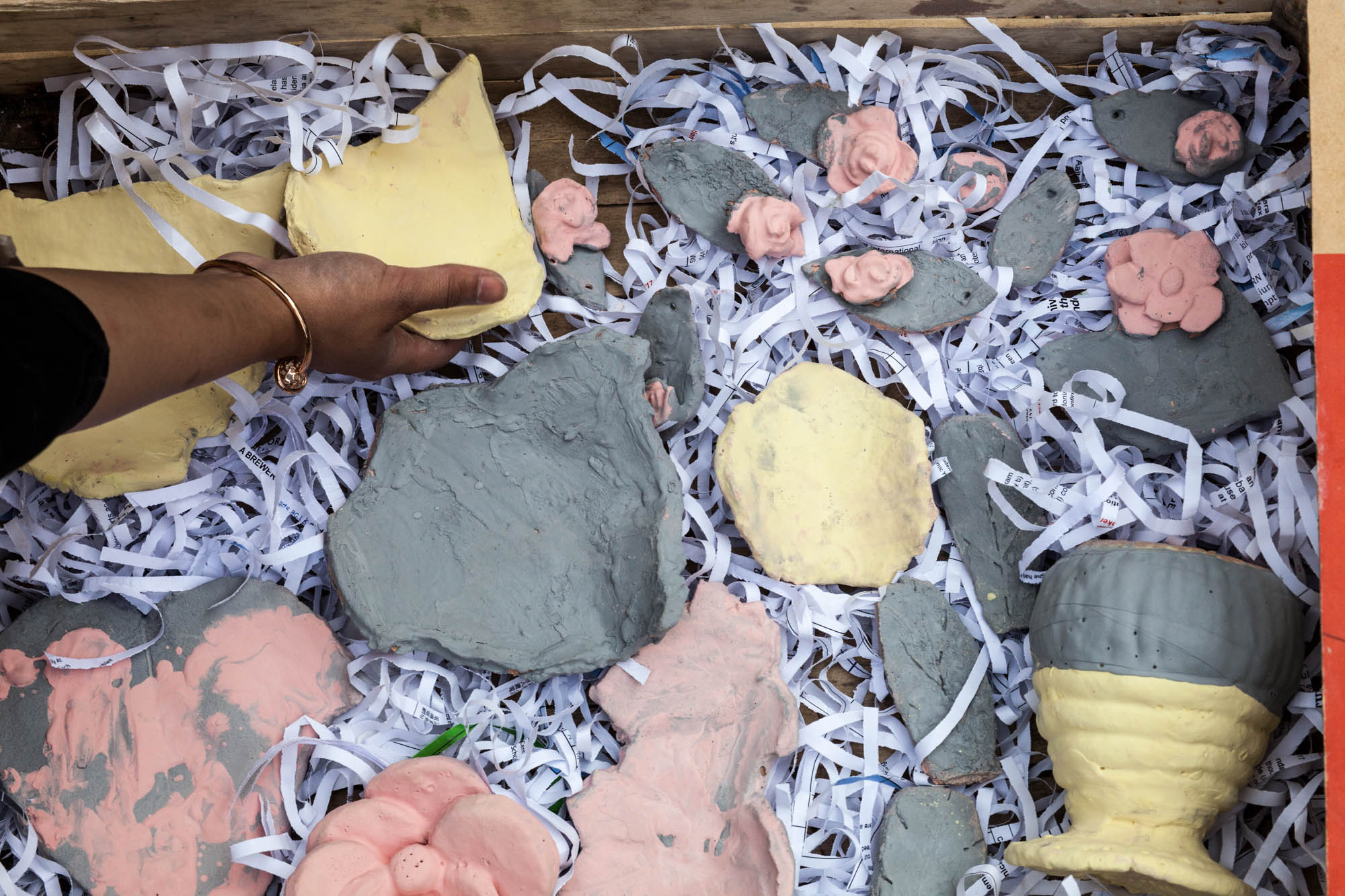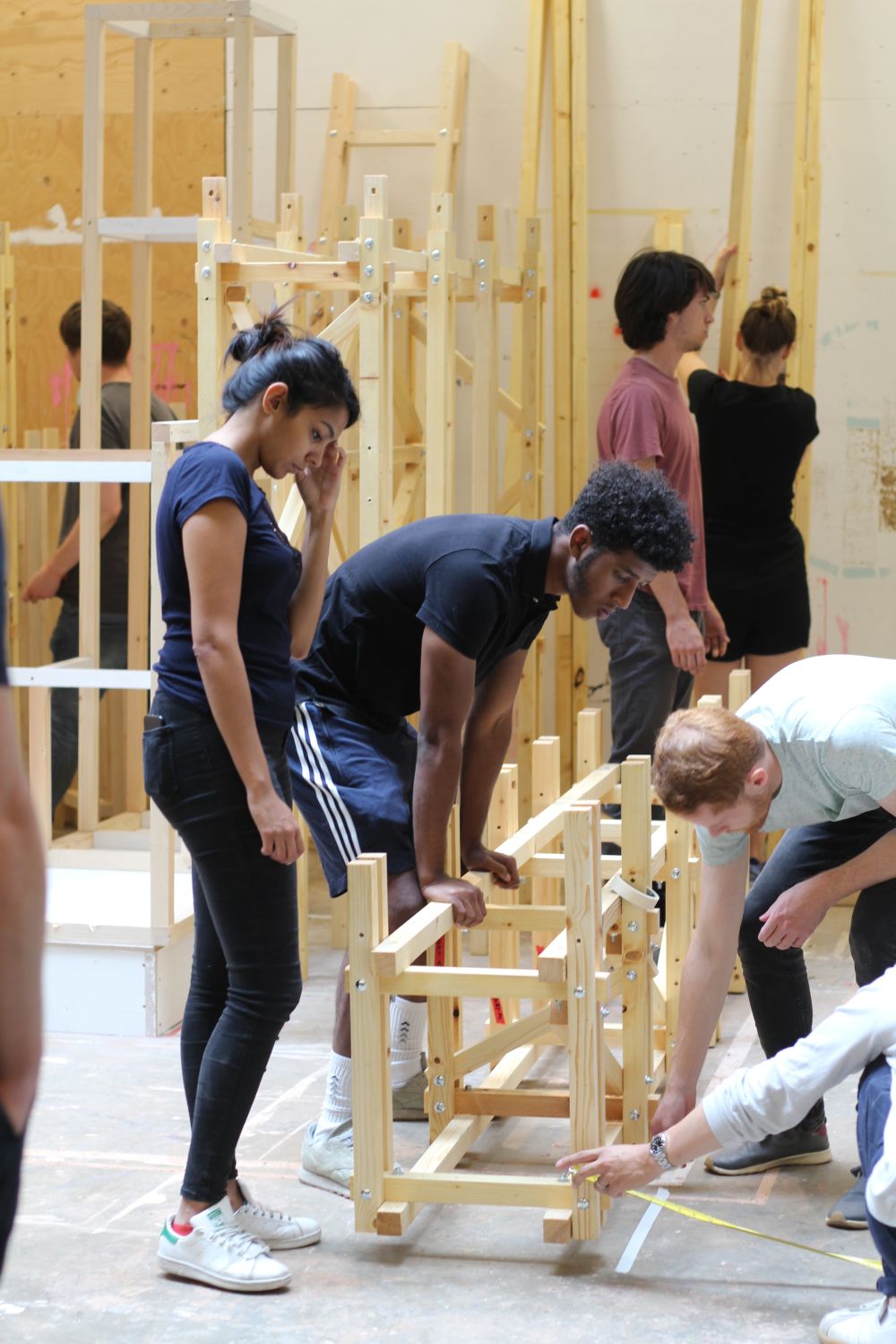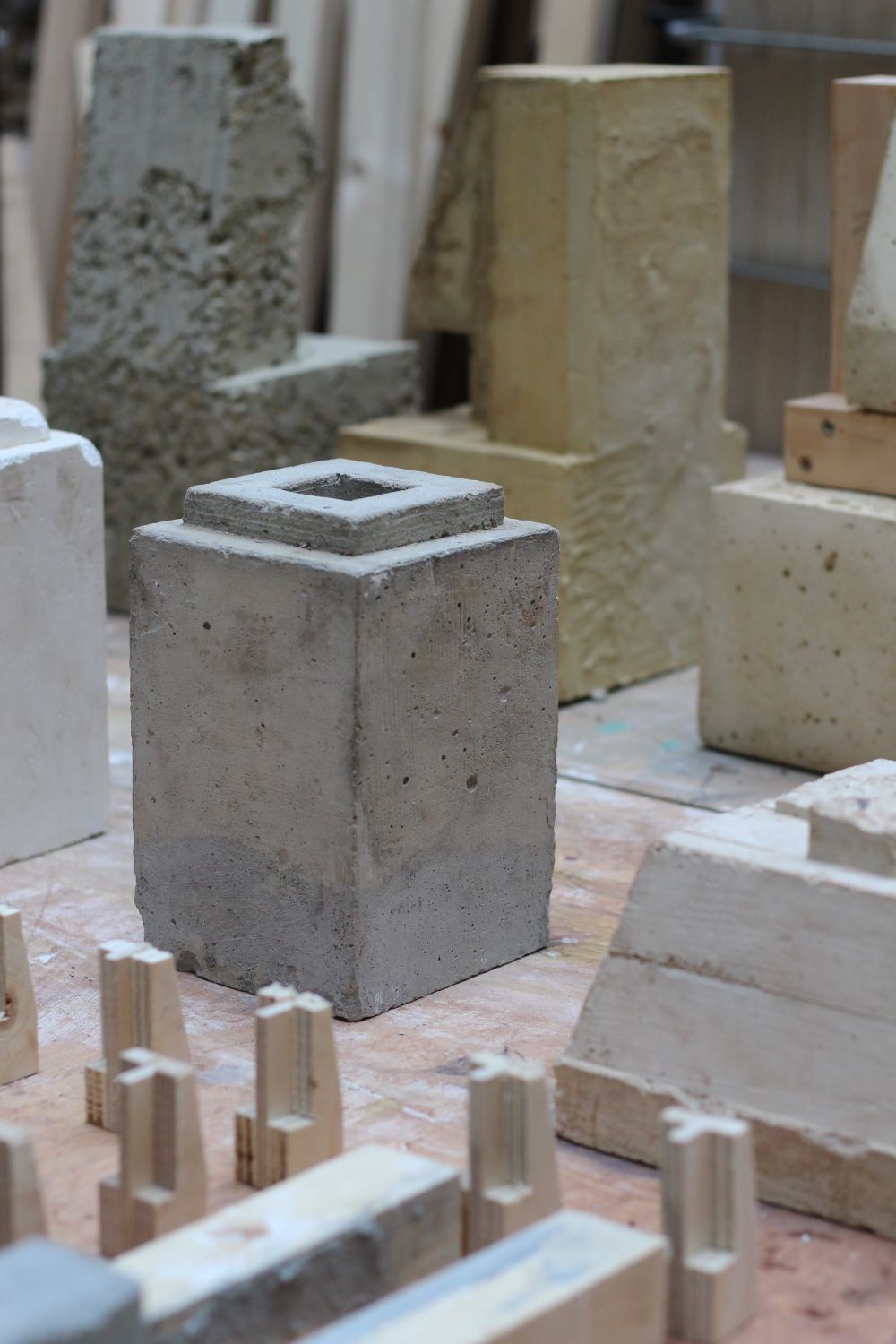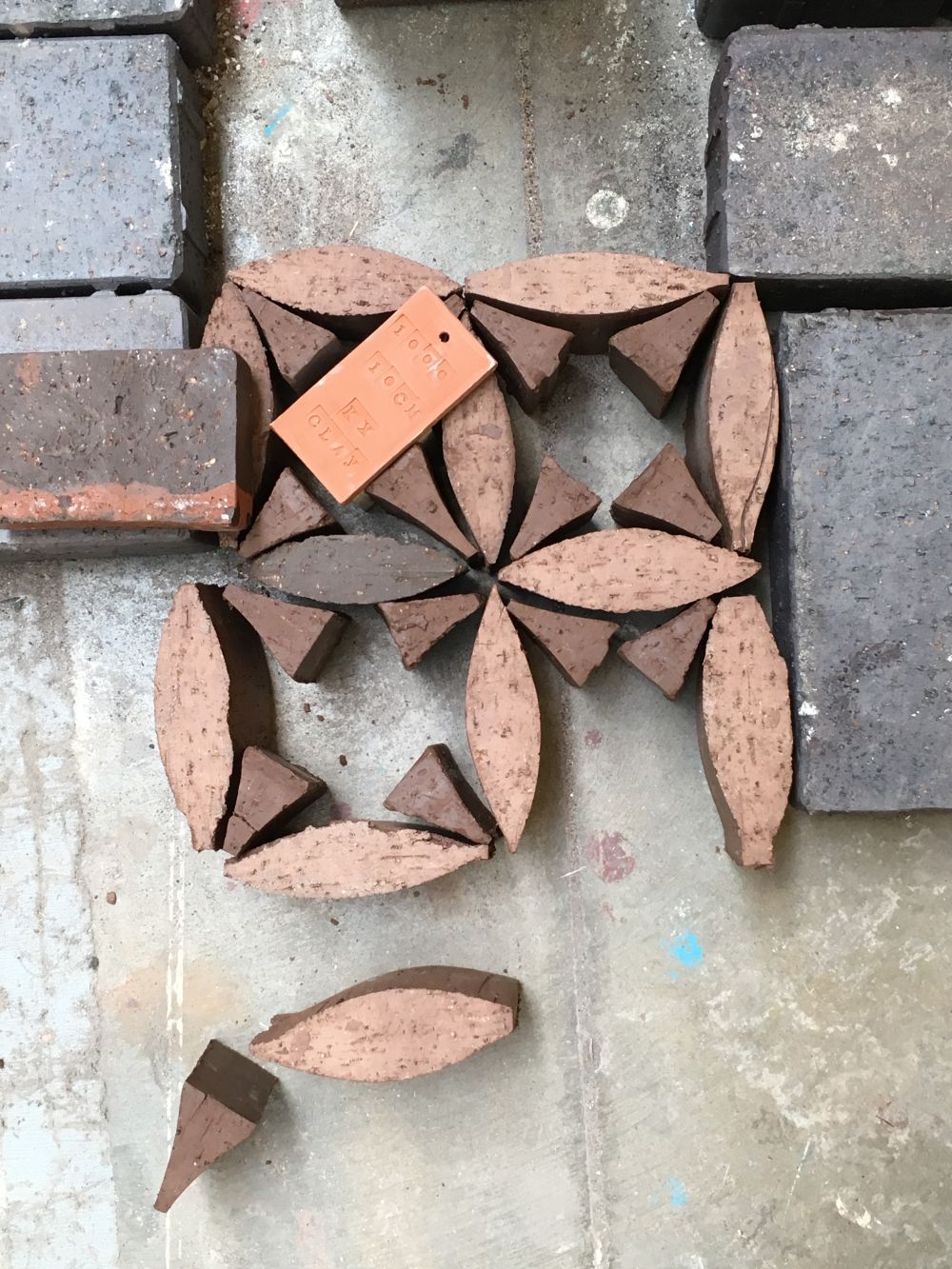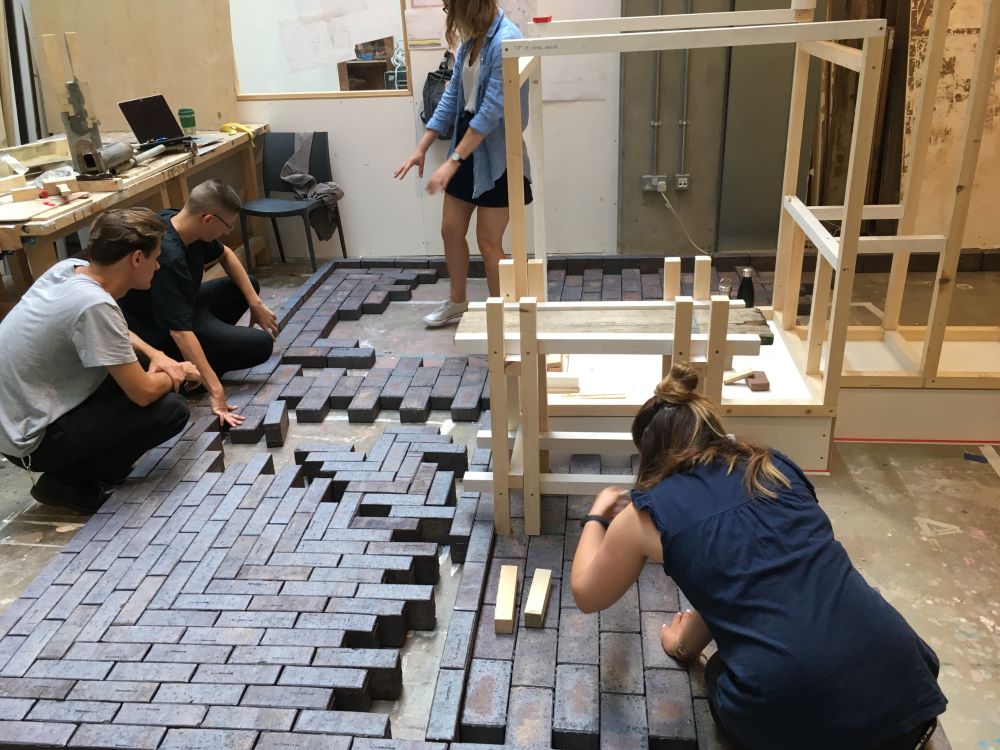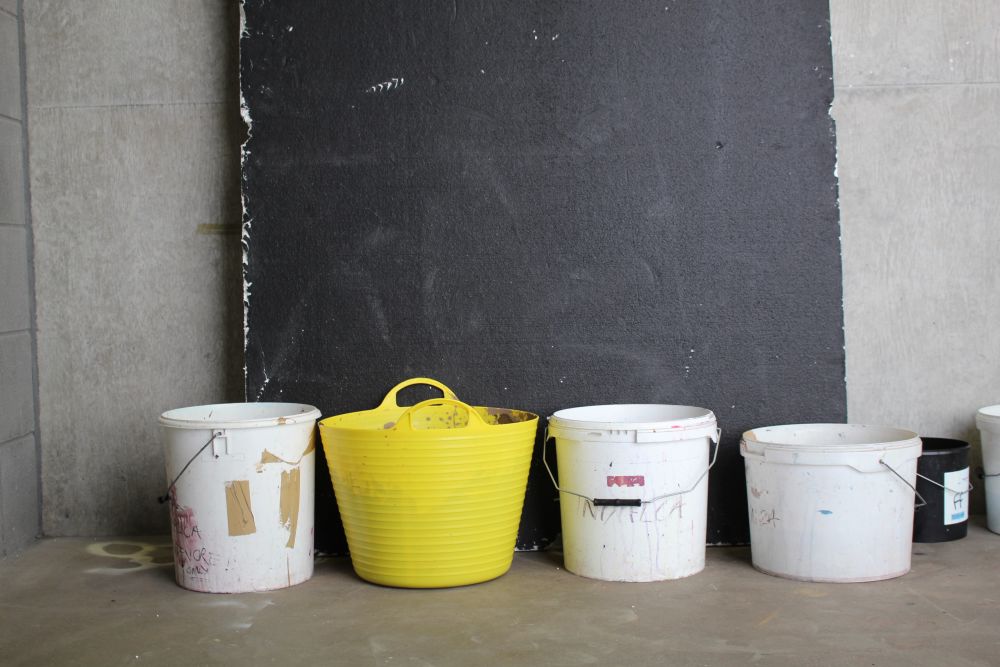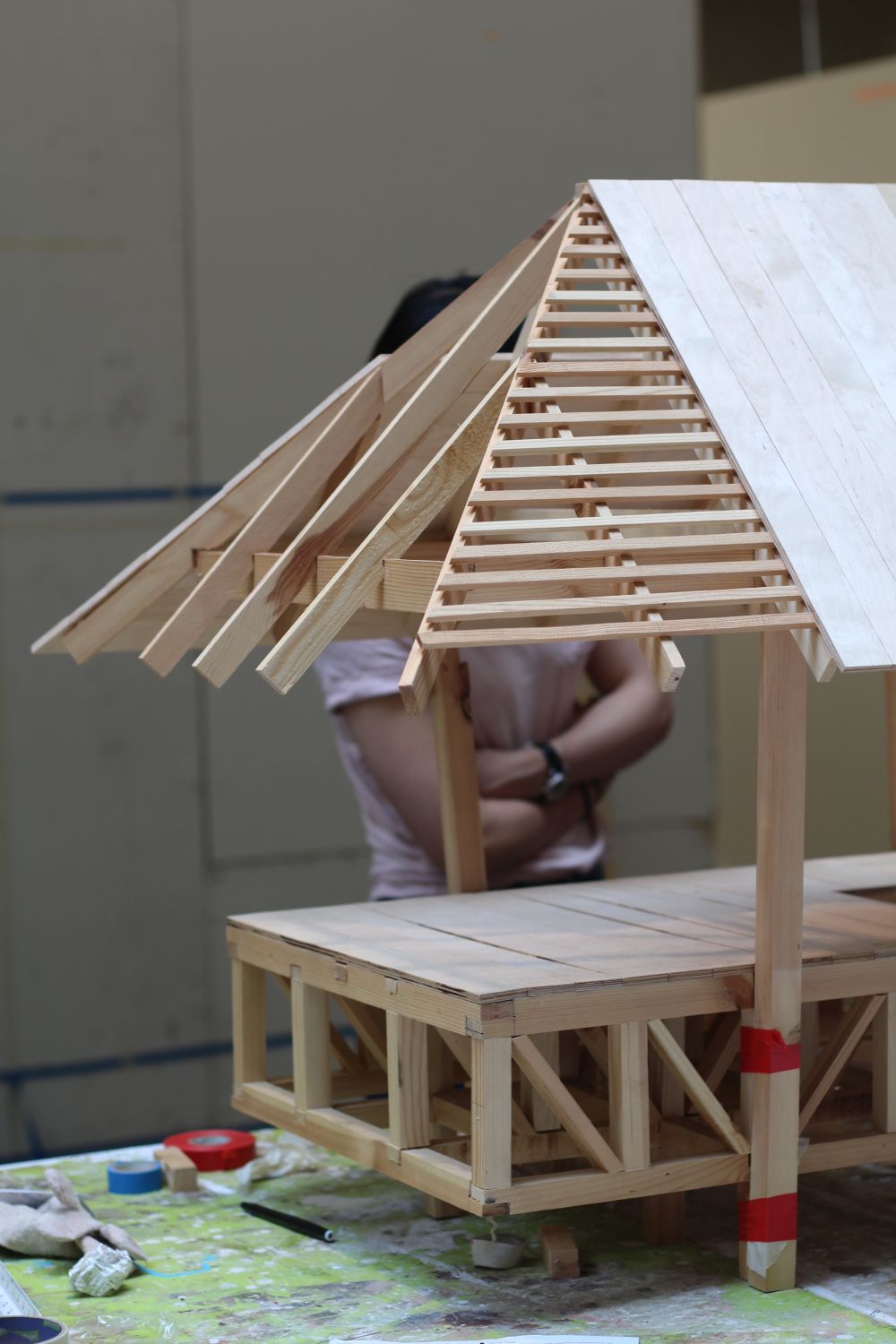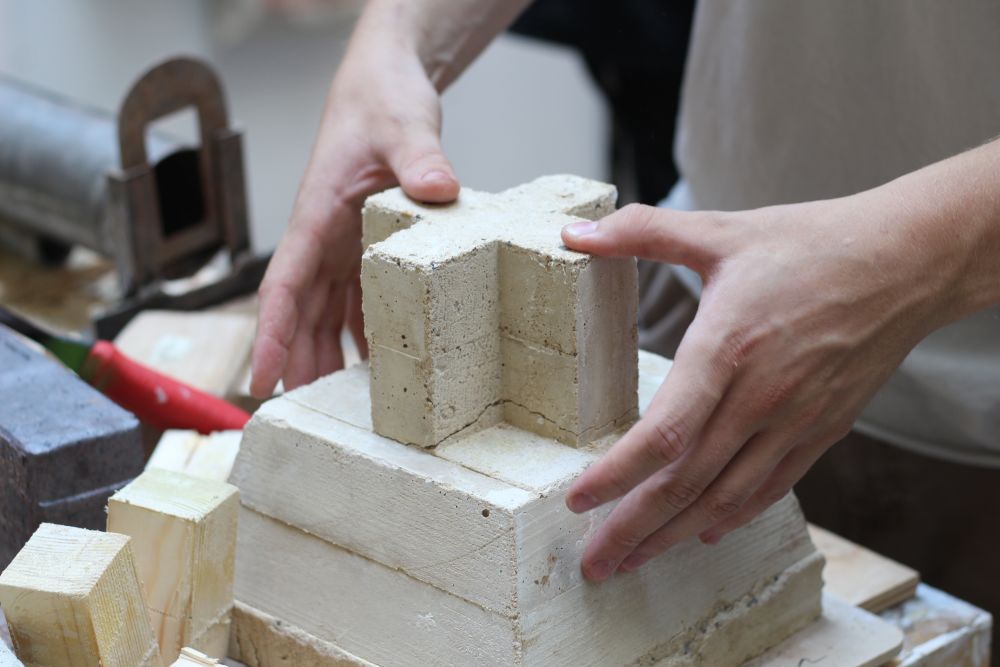Building on Ignition – a public participation project connecting people with clay – the staff and students of BA Ceramic Design have created a community kiln at The Skip Garden.
Duncan Hooson, Stage One Leader for BA Ceramic Design, has spent his career working in the public realm as founder of Clayground Collective and spearheaded this community project with one of Central Saint Martins’ closest neighbours. It all began with the particular allure of a raku firing:
“Students were not getting the full experience of what ceramics can offer when you do different kinds of firings. We were doing loads mainly fire ceramics in firings in the electric kilns: load it them, push a button, you leave it, come back a few days later and open it up and you’re surprised and delighted or you’re in tears. With an outdoor kiln you have to nurse it, stand by it, talk about how you can fix the world. It’s like the best projects which allow you to sit down and discuss other things, that then feed into your work.”
The raku technique offers an alternative firing experience, more immediate, more temperamental. “It’s very different,” explains third-year BA Ceramic Design student Ewelina Bartkowska, “If you say that you have a raku kiln to ceramics then everyone knows that it’s an outdoor kiln. The whole room is excited right away.” A publicly-accessible kiln gives students that opportunity to try a new technique but perhaps more importantly it’s a route to public-facing practice, a tool with which to run community workshops.
Bartkowska took to the project immediately, combining the community kiln into her practice. “I am really interested in working with people,” she says, “I didn’t want to make any more objects because the world is full of objects already – I am anxious about the planet. I’m going to be a community practitioner working with clay and people all around.” Similarly to Bartkowska, the Skip Garden approach the kiln as a conversation starter, one that lets their audience work with clay but also opens up discussion around sustainability and resources.
“The transformative nature of the material transforms self. It’s not instant gratification, it’s patience, you need to see the work through various stages. You get something at the end of it. I’ve taught for years, and getting people to say what the first thing they made, they’ve got a distinct memory of it because it’s not a throwaway cup.”
Duncan Hooson
Gallery
The Kiln House
Once the kiln was set up and running, the idea was hatched to build a house for it. With M ARCH: Architecture students gearing up to their annual Summer School project, they were given the challenge of designing and building a structure for the kiln. Working under the guidance of Takeshi Hyatsu and Gregory Ross, the architecture students began by getting to know clay a little better, making bricks and tiles. Starting to understand the function and process of the community kiln, the students responded to the constraints of the brief.
“What was great was when the architecture students arrived they turned the brief inside out. They questioned us: if it is a place to gather and to meet then it’s not just about the kiln firing. Why not make it a workshop space? Why not build the structure really close to the kiln – fire precautions allowing – to provide a workshop space to be making and shelving for drying? They saw the context and fully understood it but looked at it differently.”
Duncan Hooson

Part of the kiln project is to take skills and processes that usually live inside the college into the open. The success of this first iteration and its construction makes it a blueprint for possibilities on other sites. Future plans include having the kiln run off waste cooking oil from the college canteen. Whether it’s the relationship between neighbours, Skip Garden-goers or courses within the college, the project has succeeded only because of the strength of those connections.
“It’s about having space to create relationships with different people to make things happen.”
Duncan Hooson
